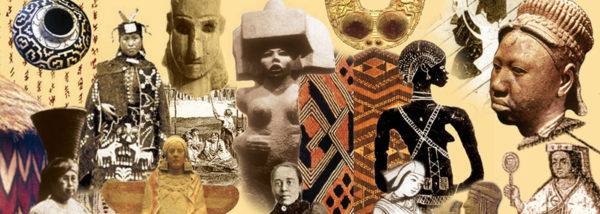From Chapter III of Witches and Pagans: Women in European Folk Religion, 700-1100, ©2016 Max Dashu
Modern “Western” culture is saturated with demonized concepts of the witch, while lacking knowledge about authentic cultural practices in its own past. For this reason, many readers will be surprised to find that the oldest names for witch in European languages emphasize their spiritual gifts: powers of prophecy, divination, and incantation; of healing, herbal knowledge, shapeshifting and shamanic flight. Some cultures named witches after their magical staffs or masks or animal spirits. Others described them in language relating to Wisdom, Fate, and the Mysteries. With few exceptions, the old witch-titles honored these women as cultural authorities, in sharp contrast to later diabolist stereotypes that portrayed witches exclusively as demonic cursers and destroyers.
One of the Norse names used for such women was fjölkynngi, “of manifold knowledge.”1 The English cognate cunning woman is based on the same ancient root of “knowing,” which also survives in the expression “beyond his ken.” It is related to know and gnostic and Sanskrit jñana, “wisdom.” The Norse vísendakona, literally “wise woman,” and vítka (“sorceress”) both derived from an archaic root of seeing and knowing. The Latin saga (“wisewoman”) survived in French as sage-femme.
The Russian healer-name знахарка (znakharka) means a “woman who knows.” Crossing into the Uralic language family, the Finnish word tietäjä is an ungendered term for “knower.” The more common Finnish word for “witch” is noita (again, not gendered) which is closely related to noaidi, the Sámi title for a shaman, and to shaman-words in other Uralic languages.
Here’s more in the audio podcast:
Get your copy of this sourcebook on ancestral European traditions from Veleda Press. It is profusely illustrated and fully annotated.

